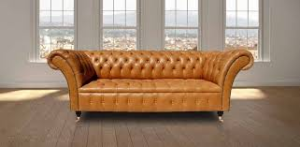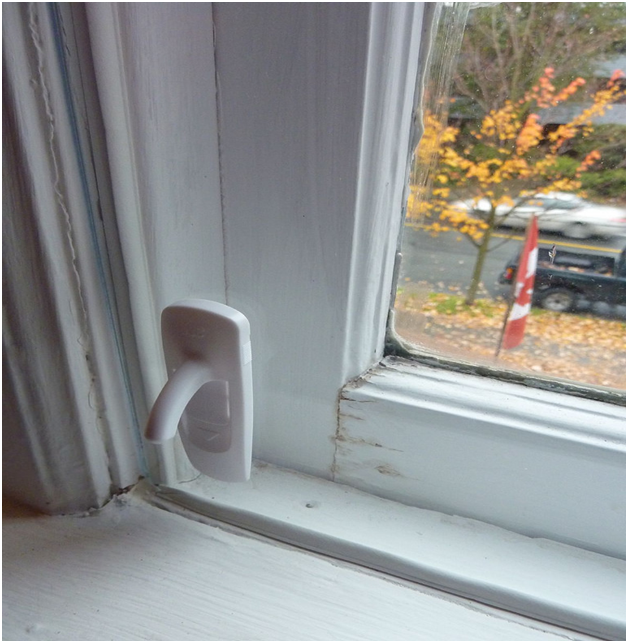Interior designers widely acknowledge that integrating vintage furniture and accessories into home design is an excellent way to add interest and uniqueness.
Moreover it is an economical approach to infusing history and personality into indoor spaces without breaking the bank. Additionally reclaiming secondhand objects is ecologically conscious compared to purchasing new products. Nonetheless it’s essential not to assume that every “vintage” item deserves your time, as they could be considered valueless when assessed carefully; many are just outdated instead of actually being genuinely vintage.

Furthermore, evaluating whether you’re admiring authentic antique furniture or contemporary retro inspired mass produced furniture may be tricky. Fortunately for aspiring collectors of true to vintage pieces some simple guidelines can be followed when sourcing these treasures from various sources. Primarily focus on craftsmanship quality by examining materials such as dovetail joints, piano hinges from past periods known for pure wood construction techniques. When you want a Vintage Style Sofa, go to vintagesofawarehouse.co.uk

With mass produced goods flooding our markets and pushing prices down, manufacturers too often opt for cheaper materials like veneers and lower quality substances. It’s crucial nowadays for consumers to have some knowledge about how they may spot real furniture amidst all these imitations proliferating around them—as such items are becoming increasingly rare jewels in their own right!
One such hint lies in testing out finishes; dabbing denatured alcohol on an unobtrusive patch reveals whether or not there’s authenticity behind it all: if flaking occurs after application then chances are good that you’re dealing with genuine antiques from pre 1860s using shellac rather than varnish or lacquer.



